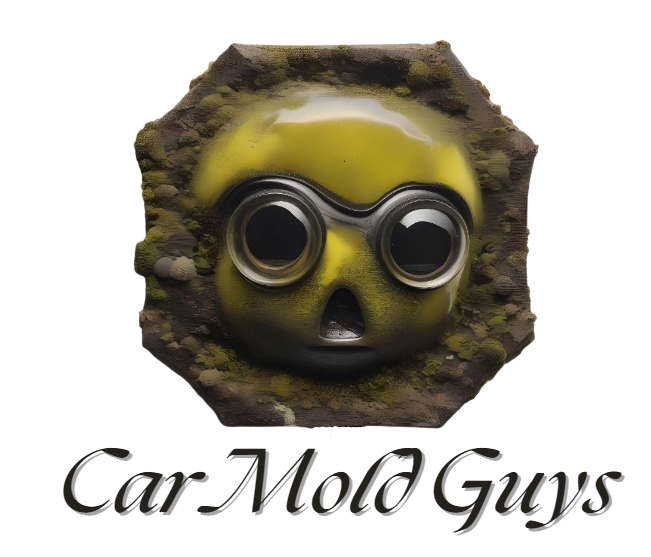Red mold is a type of fungi that can appear in various places, including damp, humid environments. It ranges in color from reddish-brown to pink or orange and can have a slimy or fuzzy texture. Here’s a guide to help with identifying common types of red mold, understanding where they typically grow, and exploring prevention methods.
Common Types of Red Mold
-
Serratia marcescens
- Appearance: Reddish-pink, slimy film.
- Location: Often found in bathrooms, especially in showers, sinks, or toilets.
- Health Risks: Can cause respiratory issues and urinary tract infections, especially in people with weakened immune systems.
-
Neurospora
- Appearance: Bright red or pink with a powdery or fuzzy texture.
- Location: Commonly grows on bread and other starchy foods but can sometimes grow on walls in damp conditions.
- Health Risks: Generally considered less harmful, but it’s best to avoid inhaling or coming into contact with it.
-
Aureobasidium pullulans
- Appearance: Can range from reddish to pink, but more commonly appears as a black or greenish mold.
- Location: Found in moist areas, particularly wood surfaces, bathrooms, and caulking.
- Health Risks: Known to cause allergic reactions and asthma symptoms.
-
Rhodotorula
- Appearance: Typically bright pink or coral.
- Location: Found on damp wood, inside humidifiers, and on bathroom tiles or grout.
- Health Risks: Can pose health risks to those with compromised immune systems, especially if it contaminates medical equipment.

